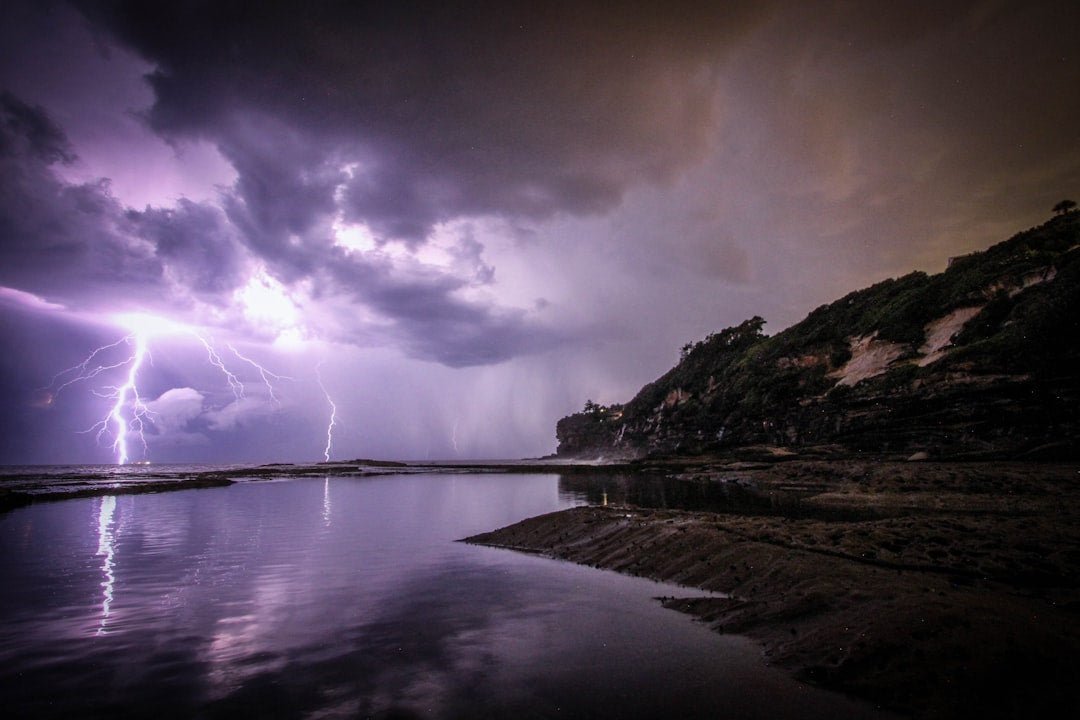
Your Ultimate Guide to Tarp Selection for Extreme Weather Conditions
When planning outdoor activities like camping, landscaping, or construction, one of the most critical decisions you'll face is selecting the right tarp. An effective tarp can provide essential protection against harsh weather conditions, whether it's rain, snowfall, high winds, or scorching sun. In this comprehensive guide, we will delve into the intricacies of selecting the right tarp for extreme weather conditions, ensuring that you make an informed choice that guarantees durability and functionality.
Understanding the Role of Tarps in Extreme Weather
Tarps are versatile tools used in various applications, from outdoor events to emergency preparedness. They serve multiple functions, including:
- Providing shelter against rain and snow
- Shielding from the sun’s harmful UV rays
- Creating windbreaks for added comfort
- Protecting sensitive equipment and materials
- Acting as makeshift tents or ground covers
However, not all tarps are created equal, especially when facing extreme weather conditions. Selecting the appropriate tarp can dramatically affect its performance and your overall experience outdoors.
Key Factors to Consider in Tarp Selection
Choosing a tarp for extreme weather necessitates careful consideration of several key factors. Let's explore some of the most crucial elements to look for:
1. Material Type
The material of the tarp directly affects its durability and water resistance. Here are some common tarp materials:
- Polyethylene (Poly): Lightweight, waterproof, and UV-resistant, poly tarps are ideal for rain and snow. They come in various colors and thicknesses and are generally more affordable.
- Canvas: Known for its strength, canvas tarps are breathable and excellent for blocking wind but may absorb water unless treated. It’s essential for long-term outdoor use to ensure your canvas tarp is treated for water resistance.
- Vinyl: Extremely durable, vinyl tarps are waterproof and resistant to mold and mildew. They are perfect for rugged outdoor activities and can endure extreme conditions.
2. Waterproofing and Water Resistance
In extreme weather, you must ensure your tarp provides proper water protection. Look for tarps with reinforced seams and quality water-resistant coatings. Tarps labeled as "heavy-duty" or "super waterproof" boast better waterproofing features that can handle heavy rainfall or snowfall without leaking.
3. Weight and Portability
Depending on your outdoor plans, the weight of the tarp can greatly matter. If you're carrying it for a lengthy hike, consider a lightweight option. Conversely, a heavier tarp may be preferable for stationary setups where portability isn’t a key concern.
4. UV Resistance
UV rays can deteriorate tarp materials over time, making UV resistance a crucial factor in your selection. Look for tarps specifically designed with UV-resistant properties to ensure they last longer under direct sunlight exposure. This will be particularly important during long camping trips or at summer festivals.
5. Size and Coverage
Assess your coverage requirements based on what you plan to protect or cover. Large tarps may be necessary for larger areas such as vehicle or outdoor equipment protection. Conversely, a smaller size might be sufficient for personal shelter. Always check dimensions and allow for adequate overlap when employing multiple tarps.
6. Grommets and Reinforcement
Grommets are essential for securing the tarp effectively, especially in extreme weather. Look for tarps with rust-resistant grommets and reinforced corners to ensure they withstand harsh conditions without tearing. This feature is critical when securing the tarp with ropes or stakes during high winds.
Assessing Environmental Conditions
Before choosing a tarp, assess the specific environmental conditions you may encounter. Different weather scenarios call for different requirements:
1. Rain and Flooding
For rainy conditions, large, lightweight, waterproof polyethylene or vinyl tarps are highly effective. Ensure they are secured tightly to prevent water pooling, which could lead to sagging or tearing. Always consider an extended edge for added protection against flooding.
2. Snow and Extreme Cold
Heavy-duty tarps made from treated canvas or reinforced vinyl are excellent in snowy or icy conditions. Snow can add considerable weight, requiring durable materials to prevent collapse or damage. Choose tarps that can handle the added load while providing water resistance.
3. Wind and Storms
Wind can turn a flimsy tarp into a liability during a storm. Opt for heavy tarps with reinforced edges that can withstand high winds. Ensure to anchor the tarp securely with ropes and stakes to minimize movement and potential damage.
4. Sun Exposure
When using tarps under intense sunlight, select UV-resistant materials designed to block UV rays. Consider tarps with reflective surfaces to reduce heat absorption, especially when setting up near campfires or outdoor cooking areas.
Best Practices for Tarp Usage
Once you’ve made your selection, effective use of your tarp is equally important. Here are some best practices for utilizing your tarp in extreme conditions:
- Setup: Ensure your tarp is secured tightly and angled properly to allow rainwater to run off rather than pool.
- Maintenance: Regularly check the tarp for any wear and tear, and repair or replace parts as necessary.
- Storage: When not in use, store your tarp in a cool, dry place to prevent any mildew or mold growth. Allow it to dry completely before packing it away.
- Caution: Always be cautious of overusing your tarp in extreme conditions. When conditions worsen significantly, consider taking additional shelter instead.
Stay Prepared for Mother Nature
Extreme weather is unpredictable, and your tarp should be your reliable ally in challenging conditions. By carefully selecting the right tarp based on material, waterproofing, weight, and other relevant factors, you're setting yourself up for success, no matter the weather. Knowledge is key; ensure you understand environmental conditions and tarping best practices to protect yourself, your equipment, and your activities.
Armed with this comprehensive guide, you're well on your way to making an informed tarp selection that meets your needs in the face of extreme weather. Let the elements work for you, and enjoy all your outdoor adventures without worry!
